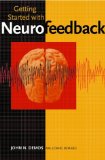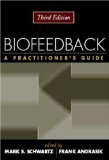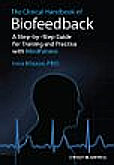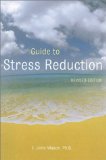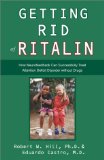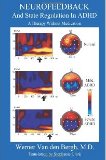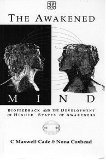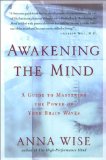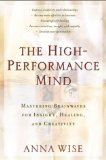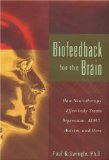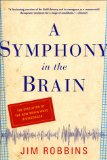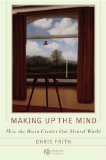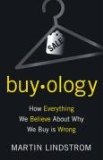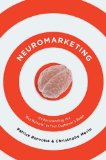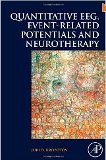Suggested Reading
Getting Started
If you are serious about biofeedback and neurofeedback, these books are essential. "Getting started with Neurofeedback" is packed with useful information and sits on our shelves and most practitioners we know. "Biofeedback, a practitioners guide" is a hands-on set of protocols for most popular biofeedback applications and is one of the most practical books we've found.
"The Clinical Handbook of Biofeedback" is a step by step guide to the training and practice with Mindfulness and is the definitive reference is you're looking to incorporate biofeedback into therapy sessions. The book contains step-by-step instructions, protocols, logs and sample scripts making it a complete package for aiding in a range of common problems.
Managing Stress, ADD and ADHD
One of the key benefits of biofeedback and neurofeedback is the ability to re-train the body to automatically reduce stress and increase performance. These books provides an interesting insight into how to make it happen! One of the success stories of neurofeedback has been its treatment of ADD and ADHD.
There are a number of studies which show that training with neurofeedback can reduce or remove the need for Ritalin and "Getting rid of Ritalin" is a fascinating book for anyone contemplating using neurofeedback for ADD or ADHD while "A Therapy Without Medication" examines the issues from the clinicians point of view
An aid to meditation and mind expansion
C. Maxwell Cade is arguably the father of biofeedback based meditation techniques. For many years he worked with EEG and GSR to monitor and improve meditation skills. One of his key inventions was the Mind Mirror, a unique composite EEG that produced a recognisable brainwave pattern used to train people to achieve higher states of awareness. His book, "The Awakened Mind" describes his brainwave biofeedback studies on thousands if people and his seminal discoveries about meditation and consciousness. His successor, Anna Wise, used the Mind Mirror extensively to help people understand, and control, their own minds.
These books are an excellent starting point for understanding how to use the Mind Mirror and what neurofeedback can mean to your meditative practice. Learn more about these consciousness pioneers and purchase a Vilistus Mind Mirror of your own for self training, research and professional use.
A gentle introduction
Three popular "big picture" books which describe biofeedback and neurofeedback. For a general overview of Neurofeedback, try Paul Swingles "Biofeedback for the brain" or Jim Robbins "A symphony in the brain". Both books provide an excellent introduction to neurofeedback without being practitioners guides. Chris Frith's "Making up the mind" has a broader focus and takes in fMRI and PET scanning to provide a look at where we are with neuroscience today.
Interesting in neuromarketing?
A couple of books that illustrate how neuromarketing is being used as a matter of course in companies large and small to ensure that their product is the one you buy. Both of these books provide an interesting introduction to the subject.
If you buy just one book on QEEG...
we recommend that it's this one. Prof. Juri Kropotov is one of the key researchers in EEG. Based in St Petersburg and a Lenin Prize winner, Prof. Kropotov's books are a must for any serious student of QEEG or Neurotherapy. His book "Quantitative EEG, ERP's and Neurotherapy" has pride of place on our shelf and is the most "accessible" text in this potentially complicated subject that we've read.

